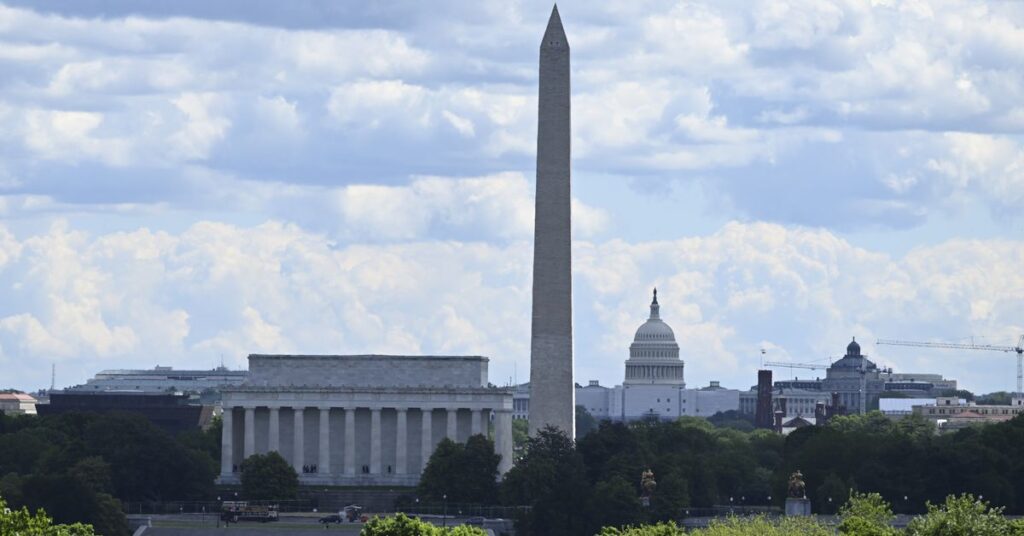On Sunday, two US fighter jets intercepted a plane with a non-responsive pilot flying over the Washington, DC area, causing a sonic boom that startled residents in the city.
The plane — a Cessna Citation, which can hold up to 12 people — left from Elizabethton, Tennessee, and was originally destined for Long Island, New York. At some point in its flight path, the plane turned, and flew down toward DC. Two F-16 fighter jets, which were flying at supersonic speeds, were dispatched from Joint Base Andrews in Maryland to intercept the plane because it flew into restricted airspace, according to a spokesperson for NORAD.
The area over Washington, DC, requires special clearance to enter and is part of a broader restricted section, meant to safeguard infrastructure and government personnel from foreign and terrorist attacks. Planes that enter that airspace without approval and proper communication with authorities can prompt the response that took place on Sunday. The fighter jets’ speed contributed to the sonic boom, which some residents experienced as a loud sudden noise on Sunday afternoon.
The fighter jets ultimately intercepted the plane around 3:20 pm Sunday, and shot flares in order to try to get the pilot’s attention. Throughout this process, the pilot was unresponsive, and it’s not yet clear why this was. The plane wound up crashing in a mountainous area near Montebello, Virginia, at 3:30 pm. Authorities were unable to find survivors after searching the region. According to the New York Times, officials have determined that the plane was not a threat. At the moment, this appears to be an isolated incident and not part of any broader threat or failure by any particular aviation agency.
Per a NORAD spokesperson, it’s standard protocol to send fighter jets to intercept a plane if it flies into restricted airspace and is not responsive. As the Times reported, the Federal Aviation Administration attempted to contact the pilot of the Cessna prior…
Read the full article here





